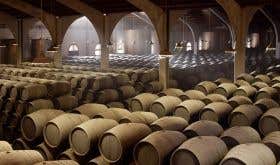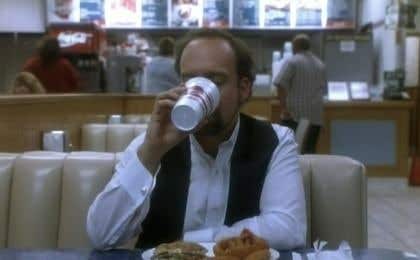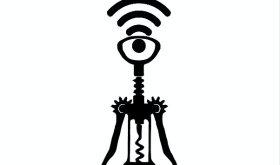If you fancy being forcibly reminded of your own cosmological insignificance, then I heartily recommend reading The Big Picture by theoretical physicist Sean Carroll. It’s a gulp-inducing insight into how science can explain ‘life, meaning and the universe itself’, both throughout history and into the future. As the back cover asks: Where are we? Why are we here? And what are we drinking?
I may have added that last one myself, although as far as I’m concerned it’s a question of commensurate import when contemplating your own piffling irrelevance.
Carroll makes the point that almost every generation of scientists believes that they have made all the major discoveries and answered all the big questions. Such naivety is found throughout human history. Doubtless the Victorians thought steam power was unsurpassable, just as the Jedi thought lightsabres were the most powerful weapon. But that was a long time ago, in a galaxy far, far away.
Whereas today, Carroll argues, we finally know enough about the laws of physics to at least be confident about what is and isn’t possible. So, the multiverse, dark matter and alcohol-free sparkling Pinotage blush = possible. But psychic powers, intelligent design and under-priced red burgundy = impossible.

With that same naivety, the wine world assumes that no vinous stone has been left unturned.
Take terroir, for example. The mere suggestion that the best regions for our favourite grapes might yet be undiscovered is tantamount to blasphemy, yet who’s to say what might be possible in the future? After all, would Dom Pérignon have ever predicted that the best sparkling wine in the world would come from England?
It’s not that much more far-fetched to imagine Appellation Moon Côntrolée. After all, it has all the elements that are so prized for earth-bound viticulture. Infertile soils? Check. Pure rocky terroir? Check. High diurnal temperature variation? You betcha. True, water availability might be a challenge, but that hasn’t stopped most of our own southern hemisphere from successfully growing grapes. You could even farm biodynamically according to the phases of the earth.
Okay, perhaps that’s lunacy for now, but it’s surely feasible to envisage regions on this planet that might make better Pinot Noir than Chambertin or La Tâche in future. The only question is how far in the future?

There is no need to wait to glimpse the future of other aspects of wine. For instance, it is no longer restricted to three colours. Joining red, white and rosé, we now have orange and blue. The former, made by fermenting white grapes on their skins for an extended period, might be described as historical rather than futuristic, perhaps, but blue wine is decidedly du jour.
It’s made using indigo dye rather than natural pigments, which might seem alien to us now, but so did screwcaps and varietal labelling, once. There’s no reason why the wine of the future couldn’t come in many colours. After all, if we’ve already got Pinots Blanc, Noir and Gris then why not Marron and Jaune and Pourpre?
Indeed, new grape varieties are an inevitable feature of the future. With climate change already impacting wine regions across the world, there is urgent interest in which grapevines are best suited to a warmer world. Some are banking on proven vinifera varieties such as Assyrtiko and Saperavi – see my 2015 report on such varieties as grown in Australia, for instance (and look out for another one next week).
Others are more radical, such as Ducourt in Bordeaux, who are growing a variety known as Cal 6-04, a crossing of Sauvignon Blanc and Riesling, to reduce reliance on fungicide sprays in the vineyard.
Scientific advances are bound to go further. Genetic engineering of a sort has been happening for years via clonal selection, so laboratory intervention seems a logical progression. Budburst and ripening times could be reprogrammed to mitigate the risk of spring frosts and autumn rains. Or perhaps the genes of fruit trees could be spliced into Pinot Blanc so that it actually tastes of something [oooh, I hope David Schildknecht doesn't read this – JR].

Most visions of the future sound extraordinary when they’re first posited. If the past is a foreign country, then the future is an entirely different planet. To assume that all the wonders of wine have already been discovered is exactly the sort of short-sightedness that Carroll warns against.
Scientists now believe they know what is and isn’t possible. Yet there are many mysteries of wine that remain unexplained, and while that’s true, isn’t it more exciting to believe that anything might be possible in the future?













